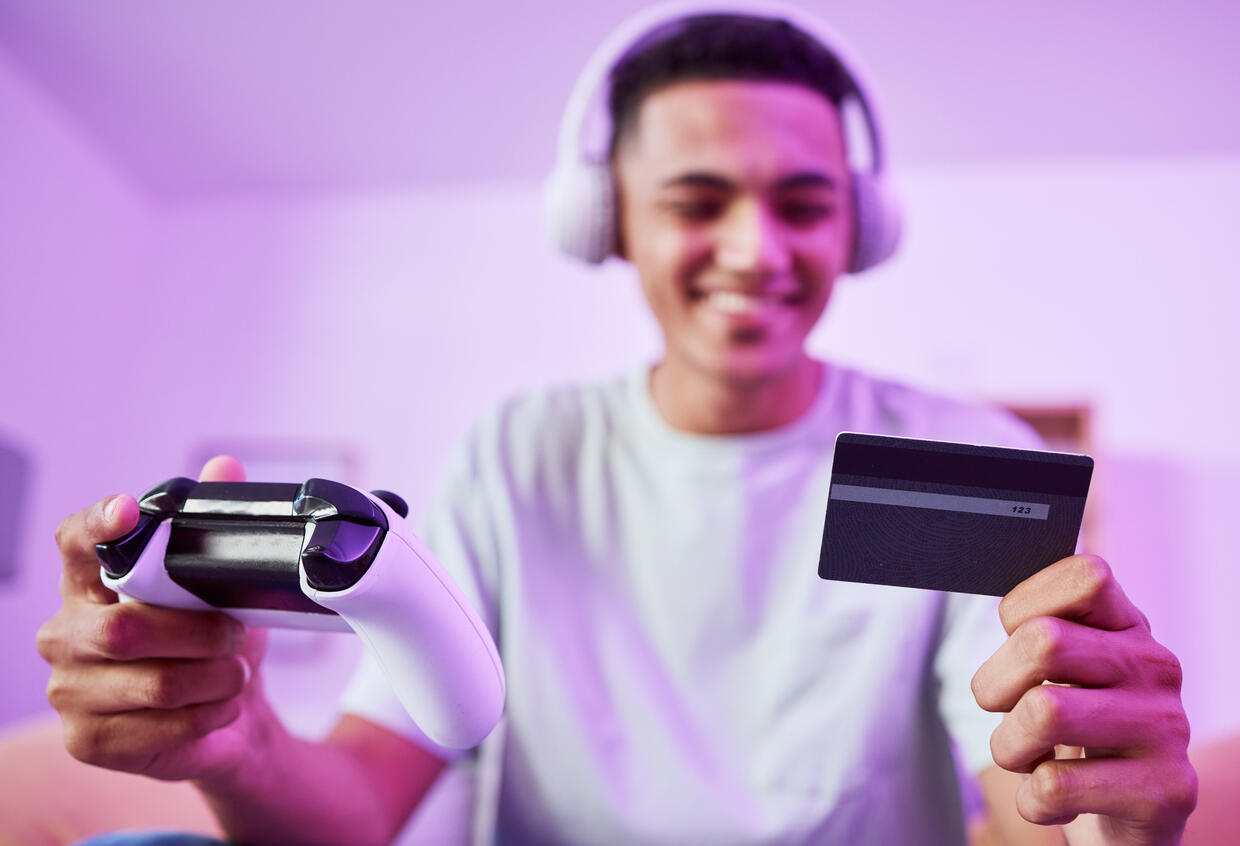Media Microtransactions: Budgeting for Small Media Purchases

Microtransaction refers to small purchases made while you’re playing video games or interacting with other media platforms like apps and websites. These microtransactions provide the player with an in-game benefit, such as the ability to continue playing the game or special advantages to help you win. For example, you might buy more lives or even in-game currency to get ahead of others. While the cost seems small in the moment, it can really add up in your monthly budget.
Understanding Microtransaction Costs
Although they’re often small, microtransactions can accumulate quickly. Regular $1-$5 purchases in games or apps may seem insignificant on their own, but they can total a substantial amount over time. If you’re unsure of how much you spend on the games and apps you use, keep track of your microtransaction spending for a month to see the real impact on your budget.
Budgeting for Digital Entertainment
Allocating a specific amount for digital purchases is key. Treat microtransactions like any other entertainment expense. After spending a month tracking your spending, set a monthly limit for microtransactions and stick to it, ensuring it fits within your overall entertainment budget. Spending on yourself can be a way to contribute to your mental well-being, so if you can afford to fit video game/app spending into your budget, you can continue to make these purchases — as long as you’re sticking to the limit you set.
Avoiding Impulse Buys
Impulse purchases are common with in-app spending. Take a moment to consider whether you really need or will use the item. One method to ensure you don’t fall prey to impulse spending is to wait for 24 hours before completing a microtransaction. Impulsive spending can lead to a breakdown of your budget making it harder to purchase the things you need to.
Because the transaction seems small on its own, it’s much easier to act — and spend — before thinking it through. Rather than look at the singular, small transaction, instead think about all the little transactions you make and how much that adds up to at the end of the month. Developers who make video games and apps use what they know about how people think to make more money. An article from Touro University said it well: Microtransactions are rooted in human psychology. Game designers understand what drives people to tap the button and spend 99 cents, and they capitalize on it.
Stay Protected
When making purchases for video games, it’s important to be cautious with your payment information. Using prepaid cards for digital purchases can add a layer of protection, as can making purchases directly through the app store where you downloaded the game or app. Never buy anything from someone you don’t know or are not able to verify.
Microtransactions in video games and apps can be a fun part of your digital experience if managed wisely. By understanding their full cost, budgeting carefully, avoiding impulsive spending, and protecting your financial information, you can enjoy your digital pastimes without financial problems.
Sources:
https://www.tuw.edu/psychology/psychology-behind-microtransactions/